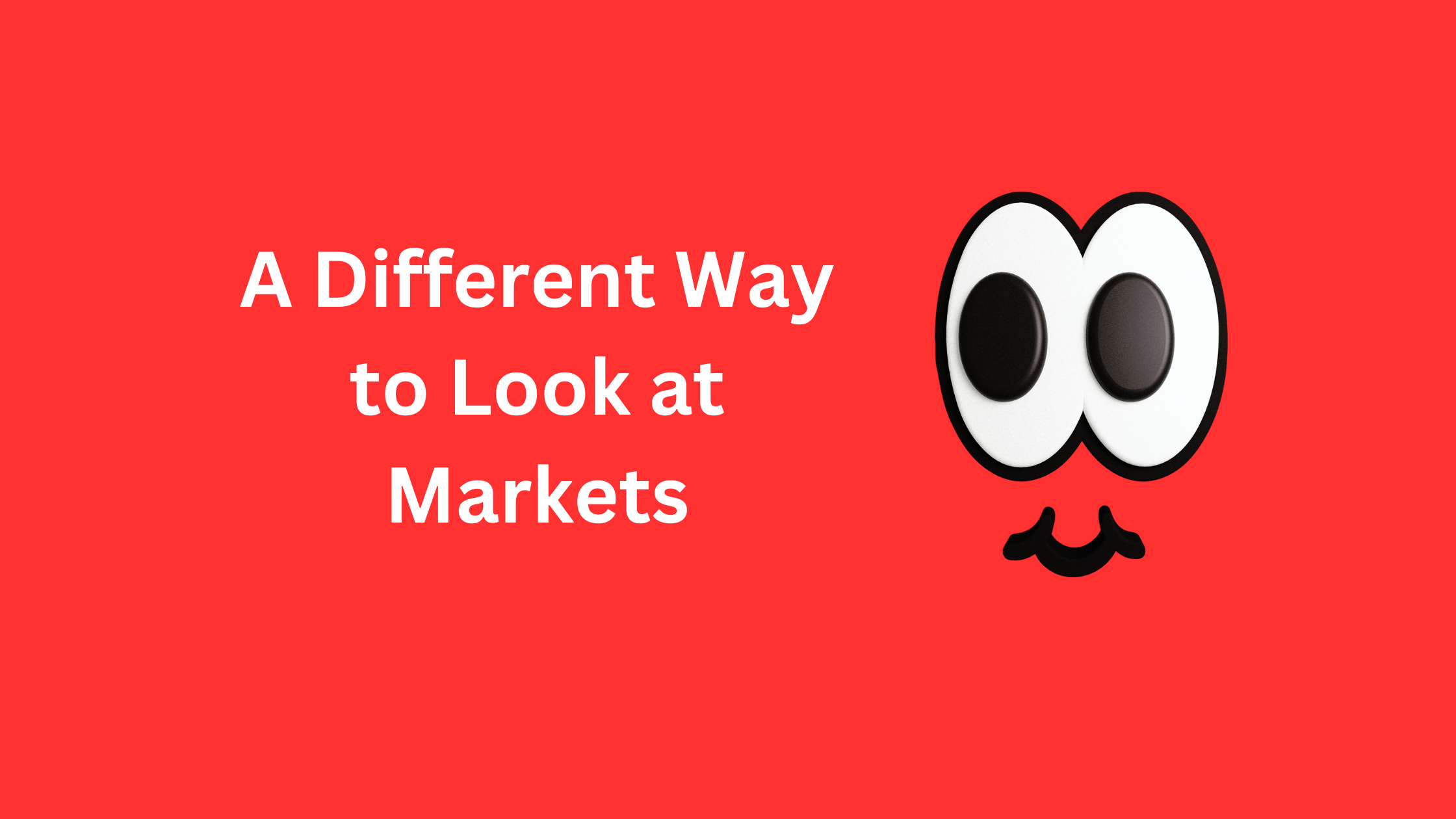
Newton’s third law and markets.
Sir Isaac Newton showed us that some universal laws govern all the physical movements on earth.
We can predict what will happen if we put a block of wood on the water or jump from the third floor of the building.
With Newton’s laws of motion, we can construct a spacecraft and send people to Mars or build bridges and be almost certain of the outcomes.
His third law states that for every action (force) in nature there is an equal and opposite reaction.
If object A wields a force on object B, object B also exercises an equal and opposite force on object A. In other words, forces result from interactions.
We tend to think this power law of Newton is applied exclusively in science.
But like any other universal principle, it has a bearing on the markets as well.
Newton proclaimed that action and reaction are equal and opposite.
Loosely interpreted, this indicates that any new development, a school of thought, a new technology or a new market, will bring in its course an equally powerful opposite development.
For example, capitalism produced socialism.
Applied to markets, Newton’s third law could be a foolproof manual to understanding what is around the corner.
Henry Ford mass-produced single model of cars, the contrary reaction came from General Motors. They produced a range of different models.
Wherever we find luxury and expensive products, there is a scope for a low-cost economy version and vice versa. Yes, the opposite reaction.
Virtual reality is slowly taking over. The opposite of physical reality.
Technology enthusiasts pontificate on ‘everything digital’, yet we do not stop meeting people or shopping in the physical world.
If we realize, for every force, there is an equal and opposite force, we can recognize how the markets behave and navigate the complexity with some ease.




